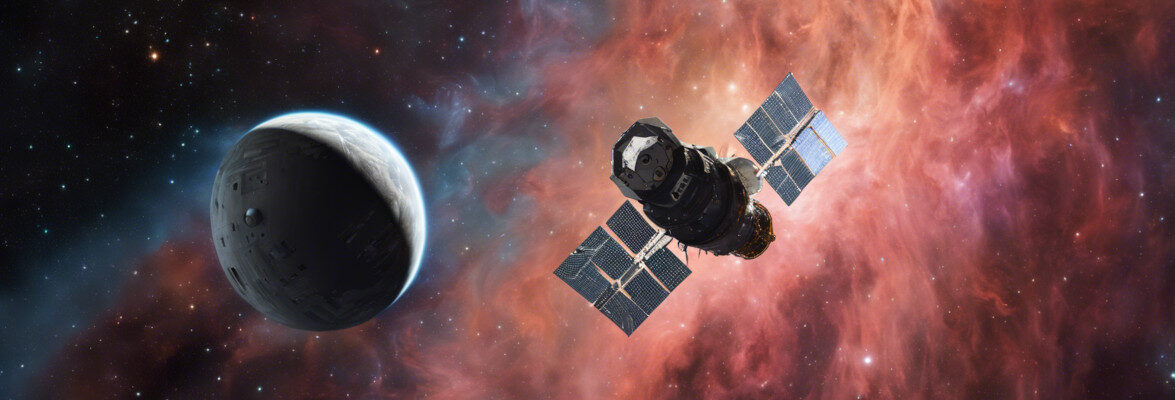
The Russian spacecraft Soyuz MS-27 has reached the International Space Station
A few hours ago, the Soyuz MS-27 spacecraft was launched from the Baikonur Cosmodrome in Kazakhstan and, after a little more than three hours, reached the International Space Station with three new crew members on board. It docked with the Station’s Prichal module. The ultra-fast track was used, which halves the journey duration and is used whenever the Station’s position makes it possible.





